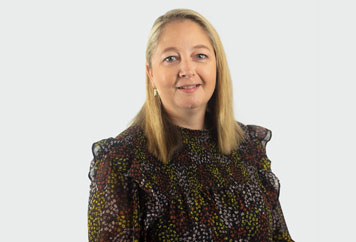Do you want to adjust your boundary?
We can help – contact subdivision and property law expert, Jennifer Edwards today to set up an appointment.
email Jennifer
+64 9 837 6889


29 January, 2018 | Jennifer Edwards
There are various reasons for people to want to adjust their boundary. Sometimes fences or driveways are incorrectly built over boundary areas, and it is cheaper to come to an arrangement with your neighbour to purchase or sell that small amount of land (or just agree to do it for no fee)
Other reasons might be:
When you are adjusting a boundary, one property is “giving up” or “selling” some of their land to the other property. The first step is to talk to your neighbour and come to an agreement. Both parties must agree to sign all documents and do all things for this to happen.
You are not able to just deal with your part of the property and the neighbour deal with their part of the property at separate times. The boundary adjustments need to happen together. That is why it is important that everyone agrees, otherwise it cannot be done.
We have had two occasions where the agreement was reached a while ago and in the meantime the neighbour sold the property however the boundary adjustment had not been completed. This does not make things so straight forward for the remaining neighbour. However so long as everyone knows what is happening and are agreeable to that and it is in writing (including who is paying for what) then the process can still go ahead.
The surveyor is usually the first point of call to survey the properties and prepare the plan.
Cost of the surveyor can be agreed upon to be paid according to the arrangement with the neighbour. The surveyor will prepare the resource consent application and a scheme plan to be submitted to the Council. The surveyor corresponds with the Council on your behalf in relation to the resource consent approval process.
Once the recourse consent is granted, any conditions that are required by the Council must be fulfilled then a Land Transfer survey plan is prepared to peg the new boundaries. A Land Transfer dataset (plans and other required documents) will be prepared for approval by Land Information New Zealand (LINZ).
There are also legal costs for documents to be prepared for the new titles to issue with the new boundary areas. The most efficient way is that the parties agree on one lawyer to do the work and pay a half share each, or if it is to benefit one party and not the other, then agreement may be reached that one party pays for all the legal costs.
If you or your neighbour has a mortgage then the lawyers have to contact them to obtain consent to the boundary adjustment.
Once the resource consent has been approved and the surveyor has prepared a draft plan this is the time the lawyers should receive copies of these documents. This is so the lawyers can check the requirements and prepare the legal documents needed, at the same that any conditions are being fulfilled and the surveyors are preparing their dataset plan.
The lawyer’s preparation of the legal documents includes draft documents for signing by both parties to adjust the areas for the titles (usually by way of a transfer of the area being adjusted), sending copies of the surveyor’s documents and legal documents to your bank and/or the neighbour’s bank. The bank has to agree to the adjustment because the security they have is being affected. There is usually a consent fee that needs to be paid to the bank. This can be accounted to the party who has the mortgage (unless one party is paying all costs).
The bank consent usually involves a partial or full discharge of the existing mortgage and registering a new mortgage over the new title. This is because part (or all in some cases) of the land affected by the mortgage is to be discharged (i.e. the part being transferred to the adjoining owner).
Once bank requirements are fulfilled, the surveyor is ready to deposit the plan and the legal documents have been signed by all parties, the surveyor will “deposit the plan” into LINZ for approval and the lawyers will lodge the legal documents to meet up with the plan in LINZ for the boundary adjustment to be processed and new titles to be issued.
Complete the form below, and we will get back to you promptly, or contact Jennifer Edwards on 09 837 6889 or jennifer.edwards@smithpartners.co.nz.

18 September, 2013 | Jennifer Edwards